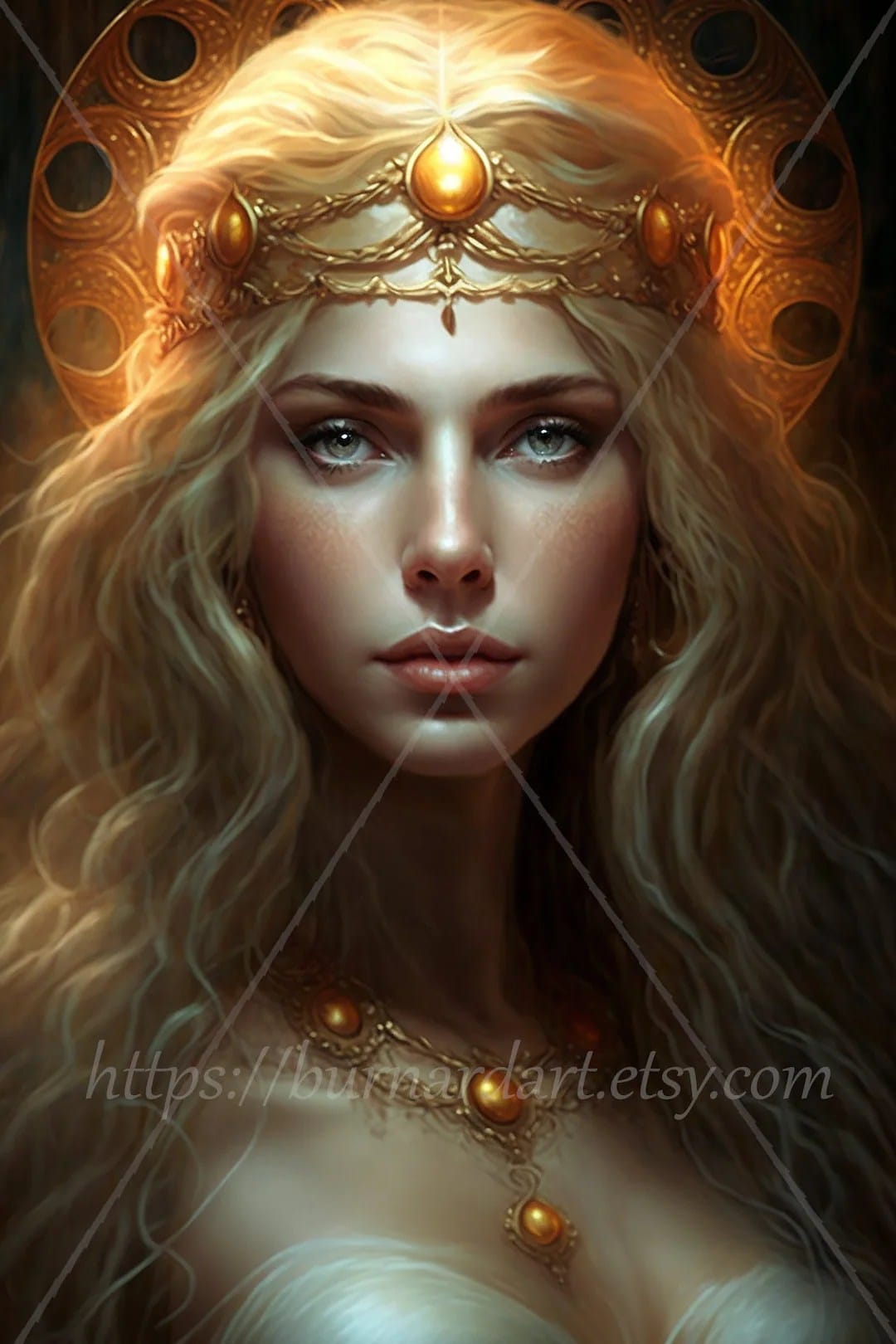Unlocking Aphrodite’s Modern Influence
Picture this: Aphrodite, the original goddess of love and beauty, has been captivating hearts since the dawn of time. And guess what? She’s still making waves today! From ancient Greek myths to modern movies and art, Aphrodite’s influence continues to resonate. But how exactly has this ancient goddess remained so relevant in the 21st century? Let’s dive into the fascinating evolution of Aphrodite’s image and explore how modern artists, writers, and filmmakers are giving her a fresh, modern twist.
From Olympus to Instagram: How We See Aphrodite Now
Aphrodite’s journey through time is a testament to her enduring power. In ancient Greece, she was often depicted in sculptures and pottery, embodying an idealized form of beauty and sensuality. These classical representations, while stunning, often focused on her divine attributes rather than her full complexity. Fast forward to the Renaissance, and we see artists like Titian using Aphrodite allegorically, exploring the duality of love in paintings like “Sacred and Profane Love.”
But it’s in the modern and contemporary art world where things get really interesting. Artists are now using Aphrodite as a springboard to challenge traditional aesthetics and spark conversations about important social issues. Sculptors like Niki de Saint-Phalle revolutionized how we perceive beauty with her voluptuous “Nanas,” celebrating diverse bodies and challenging the unrealistic standards often associated with Aphrodite.
This shift from idealized beauty to inclusivity is a key theme in modern interpretations of Aphrodite. Artists are reclaiming her image to champion body positivity, diverse ethnicities, and gender fluidity. Aphrodite’s evolution reflects a growing awareness of social justice issues and a desire to represent the multifaceted nature of beauty in the 21st century.
Aphrodite’s influence extends far beyond the visual arts, weaving its way into literature, film, music, and even everyday conversations. Authors like Madeline Miller, in her novel Circe, reimagine Aphrodite not just as a goddess of beauty, but as a complex woman navigating motherhood, power dynamics, and the intricacies of love. These modern interpretations add depth and nuance to her character, making her more relatable to contemporary audiences.
More Than a Pretty Face: Aphrodite’s Pop Culture Reign
Aphrodite’s presence in our media-saturated world proves that her allure remains as potent as ever. She’s more than just a classical muse; she’s a pop culture icon.
Movies & TV: While some films stick to direct adaptations of Greek myths (“Percy Jackson,” “Troy”), others offer a more nuanced approach. Think of characters like Serena Van Der Woodsen in “Gossip Girl,” whose beauty, romantic entanglements, and embodiment of desire subtly echo Aphrodite’s attributes. The 2017 film “Wonder Woman,” though not directly about Aphrodite, embodies her warrior spirit, showcasing that strength and beauty are not mutually exclusive.
Literature: From reinterpretations of classic myths (like Circe) to contemporary romances that subtly weave in her themes, Aphrodite’s influence in literature is undeniable. These works often explore evolving social dynamics, gender roles, and the complexities of desire in ways that resonate with modern readers.
Music & Performance: Pop stars like Beyoncé, known for her powerful stage presence and songs about female empowerment, often incorporate Greek imagery and themes that draw parallels to Aphrodite. Many musicians reference Aphrodite in their lyrics, tapping into universal experiences of love, heartbreak, and desire, further solidifying her presence in contemporary culture.
This modern lens provides a fresh perspective on the goddess. It prompts us to question whether she perpetuates or challenges societal expectations surrounding beauty, especially in an age of social media and carefully curated online personas.
Deconstructing the Goddess: How Many Aphrodites Are There?
A fascinating aspect of Aphrodite is that her story doesn’t begin with a single narrative. Rather, it unfolds through various interpretations, each offering a unique perspective on her origins and nature.
The Sea Foam Birth: In Hesiod’s Theogony, Aphrodite emerges from the sea foam generated when Cronus castrates his father, Uranus. This violent and primal birth speaks to her raw power, linking her to the untamed forces of nature and the very essence of creation.
The Daughter of Zeus: Homer, in his epic poem The Iliad, presents a different lineage for Aphrodite. As the daughter of Zeus and the Oceanid Dione, she’s positioned within the Olympian family, aligning her with grace, divine authority, and a more traditional notion of beauty.
These contrasting versions highlight the complexity of Aphrodite’s character. Her duality is further emphasized by her many epithets: Aphrodite Pandemos (of all the people), highlighting her role in societal harmony and procreation; Aphrodite Areia (the warlike), showcasing her connection to passion and fury in battle; and Aphrodite Ourania (of the heavens), representing a more spiritual and celestial aspect of love.
Analyzing these different versions reveals a multifaceted goddess who embodies both light and shadow, creation and destruction, order and chaos. Her transformation into Venus in Roman mythology further exemplifies how cultures adapt deities to reflect their own values and beliefs.
The Future of Aphrodite: A Goddess for the Modern Age
Aphrodite’s story, though rooted in antiquity, continues to unfold today. As we grapple with evolving concepts of love, beauty, gender, and identity, so too does our understanding of this iconic goddess evolve.
Points to Ponder:
- Aphrodite and Body Image: How does her image, often associated with an idealized form, fare in a time when body positivity movements challenge traditional beauty standards?
- Aphrodite and Female Agency: Can she be seen as a symbol of female empowerment despite her frequent portrayal as an object of desire?
- Aphrodite Beyond the Binary: Can her multifaceted nature encompass diverse forms of love and desire that transcend heteronormative narratives?
By exploring these questions, we gain a richer understanding of Aphrodite’s enduring relevance and her potential to spark meaningful conversations about the complexities of human experience in the 21st century.
- How Much is 66.5 Kilos in Pounds? A Comprehensive Guide - November 27, 2024
- 72.9 kg to lbs: A Simple Conversion and Practical Comparisons - November 27, 2024
- Lucho Brieva: Beyond the Chrissie Hynde Narrative – The Art and Life of a Colombian Creator - November 27, 2024
















